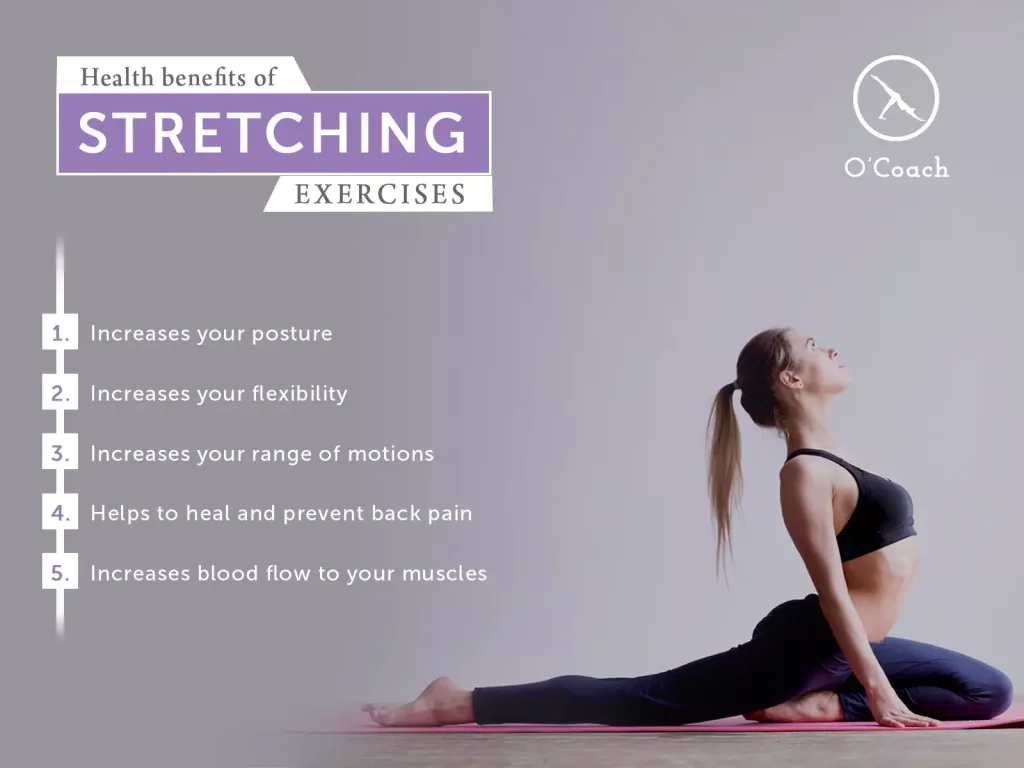The Sweet Life of Bettajelly
Exploring delicious recipes, fun food trends, and lifestyle tips that bring joy to your everyday.
Stretch It Out: The Secret to Flexibility That No One Talks About
Unlock the surprising secret to flexibility that everyone overlooks! Stretch your way to a more agile you—discover how inside!
The Science of Stretching: How Flexibility Impacts Your Physical Performance
The science of stretching is integral to understanding how flexibility impacts your physical performance. When you stretch, you are not just increasing the length of your muscles; you are also enhancing the function of your neuromuscular system. Improved flexibility can lead to better alignment and posture, allowing your body to move more efficiently. Research indicates that flexibility training can help reduce the risk of injury by preparing the muscles and connective tissues for the stresses of physical activity. This means that incorporating stretching into your routine not only prepares your body for exercise but also aids in recovery afterward.
Moreover, flexibility plays a crucial role in various sports and physical activities. For instance, athletes who regularly engage in flexibility exercises can experience significant benefits, such as increased range of motion and improved overall performance. Stretching can also enhance muscle coordination and balance, which are essential for executing complex movements effectively. To maximize these benefits, it's recommended to include a combination of static and dynamic stretches tailored to your specific activity. By prioritizing flexibility training, you set the stage for long-term improvements in physical performance and overall well-being.

5 Common Stretching Myths That Sabotage Your Flexibility Goals
When it comes to enhancing flexibility, many individuals fall prey to common misconceptions about stretching. One prevalent myth is that static stretching should only be done before engaging in physical activity. In reality, research indicates that performing static stretches before a workout can actually diminish performance and strength. Instead, a brief dynamic warm-up can prepare your muscles more effectively for exercise. This emphasizes the importance of knowing when to incorporate different types of stretching to best suit your flexibility goals.
Another widespread belief is that more stretching leads to greater flexibility. While consistency is key, over-stretching can lead to injuries and setbacks. Moreover, flexibility gains are more about the quality of the stretch rather than the quantity. Holding stretches for long durations and practicing deep, controlled movements can yield better results than simply attempting to stretch as far as possible. It’s essential to listen to your body and recognize the fine line between challenging yourself and risking injury.
Is Your Flexibility Routine Missing This Key Element?
When it comes to enhancing your flexibility, many people overlook one crucial component: dynamic stretching. While static stretching has its benefits, incorporating dynamic movements into your routine can significantly improve your overall flexibility and performance. Dynamic stretching involves moving parts of your body through a full range of motion to warm up muscles and increase blood flow, preparing your body for more intense activities. By integrating some dynamic stretches, such as leg swings or arm circles, you can effectively increase your flexibility while also reducing the risk of injury.
To create a well-rounded flexibility routine, aim to include a variety of stretching techniques. Consider this simple framework:
- Start with dynamic stretches to warm up your muscles.
- Follow with static stretches to improve flexibility.
- Finish with cooldown stretches to maintain flexibility and promote recovery.